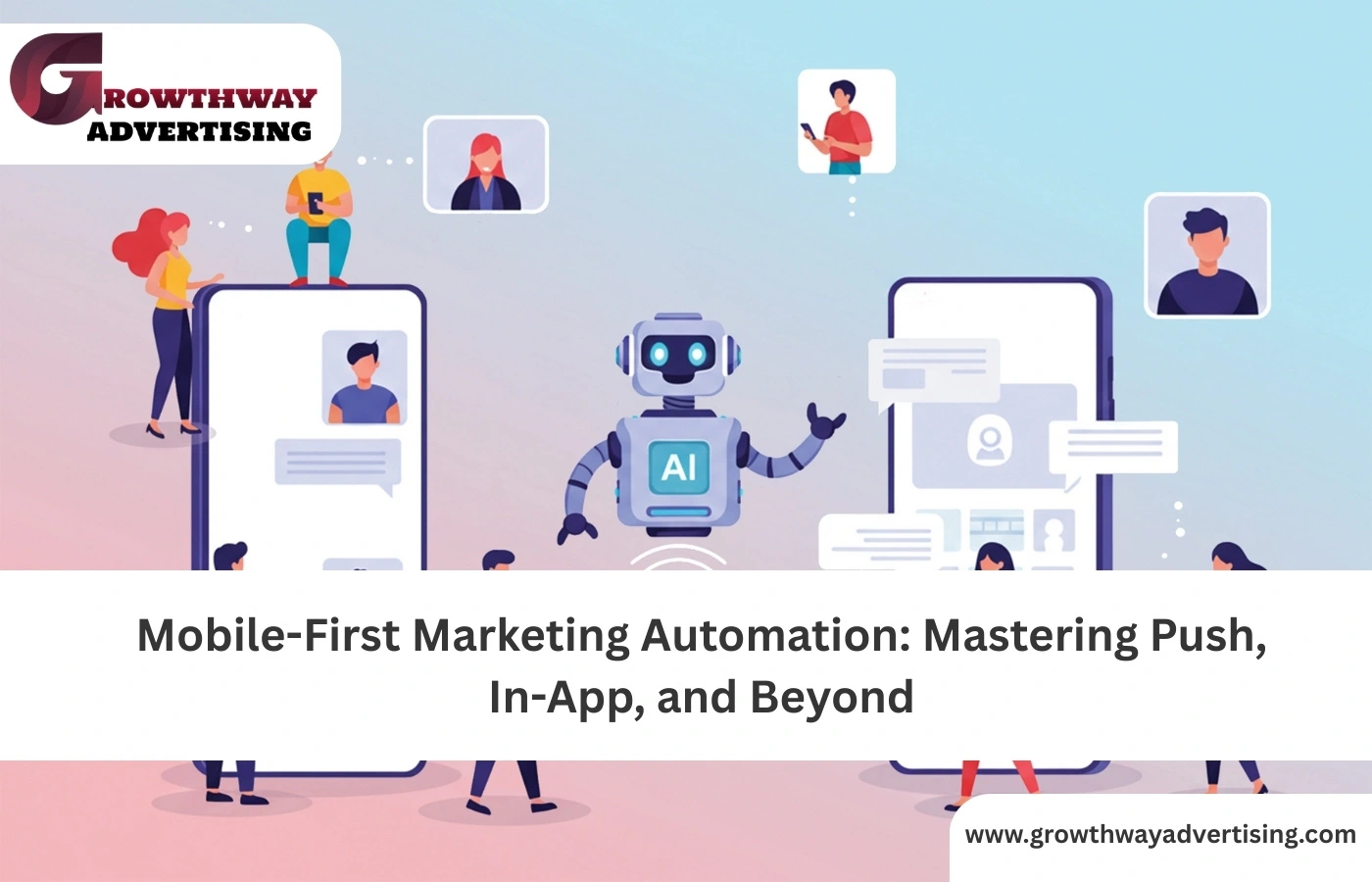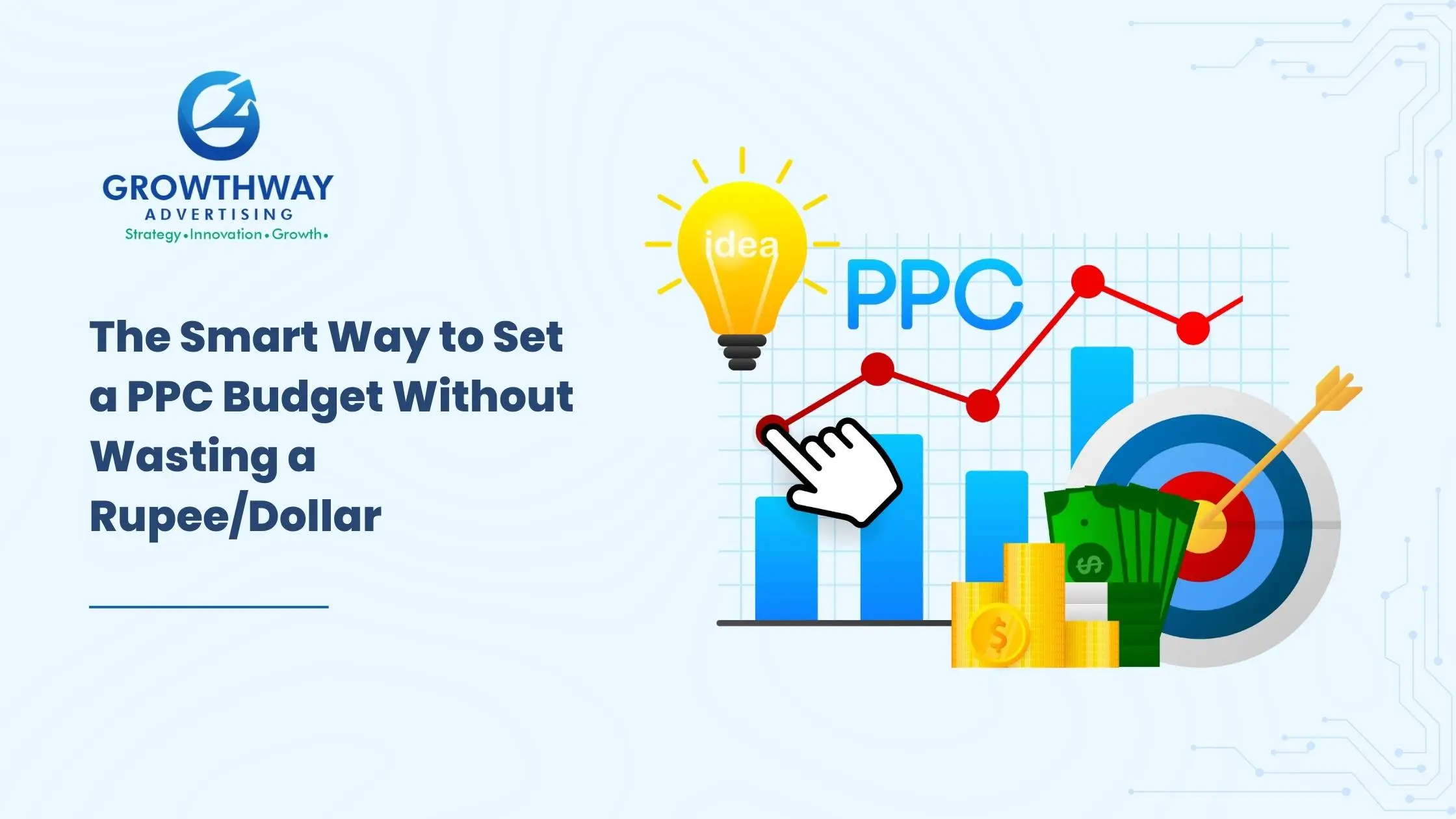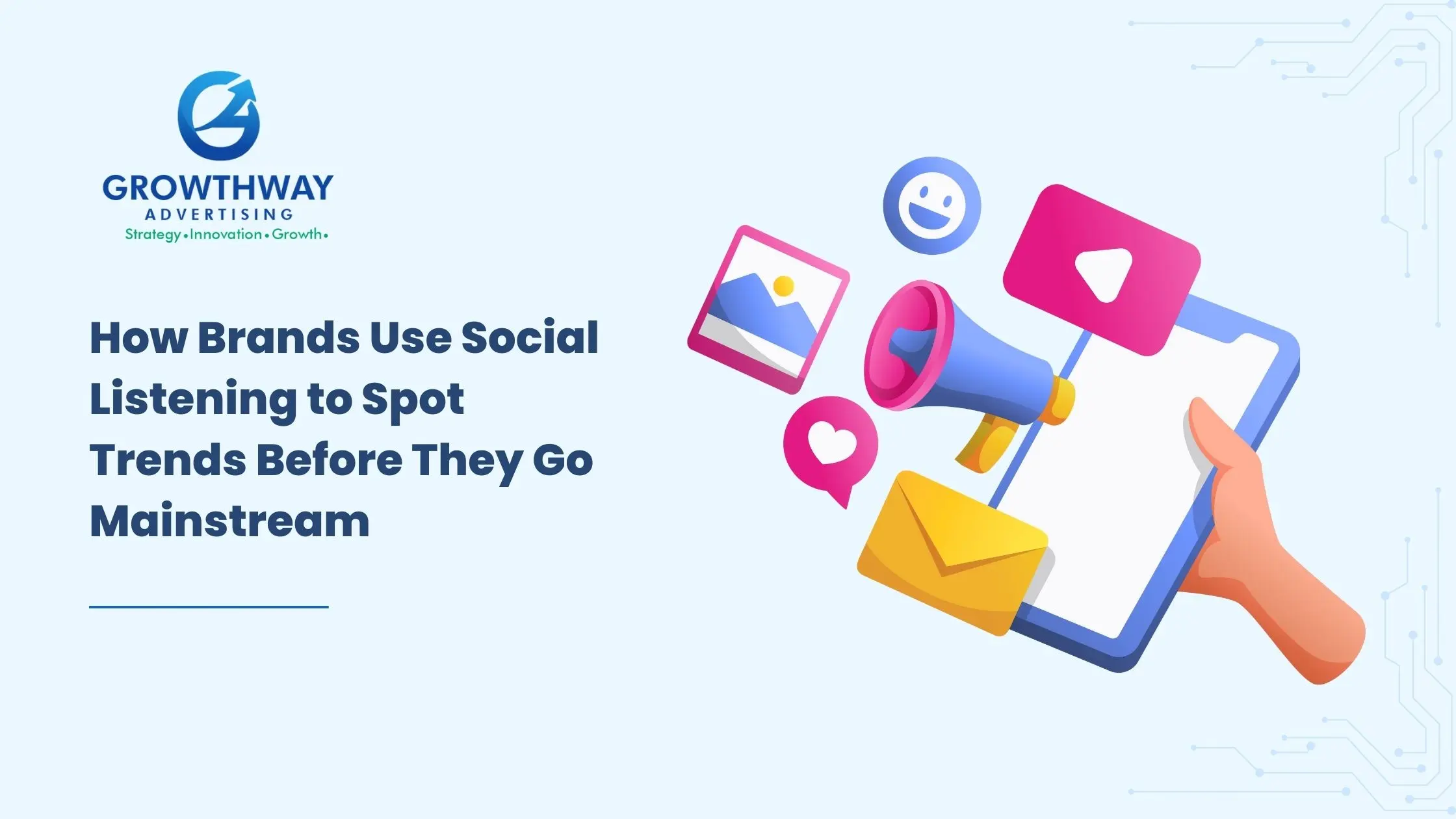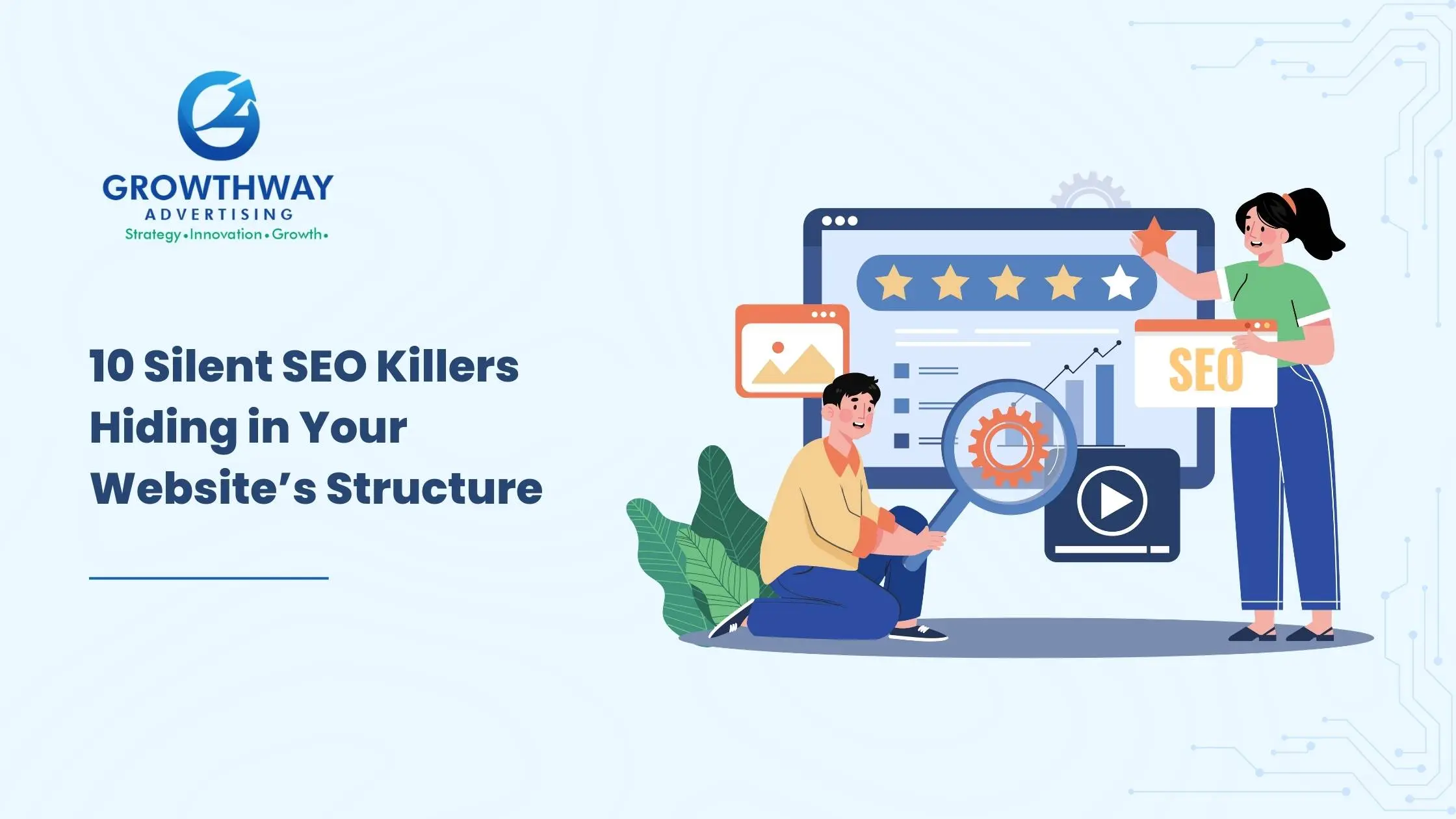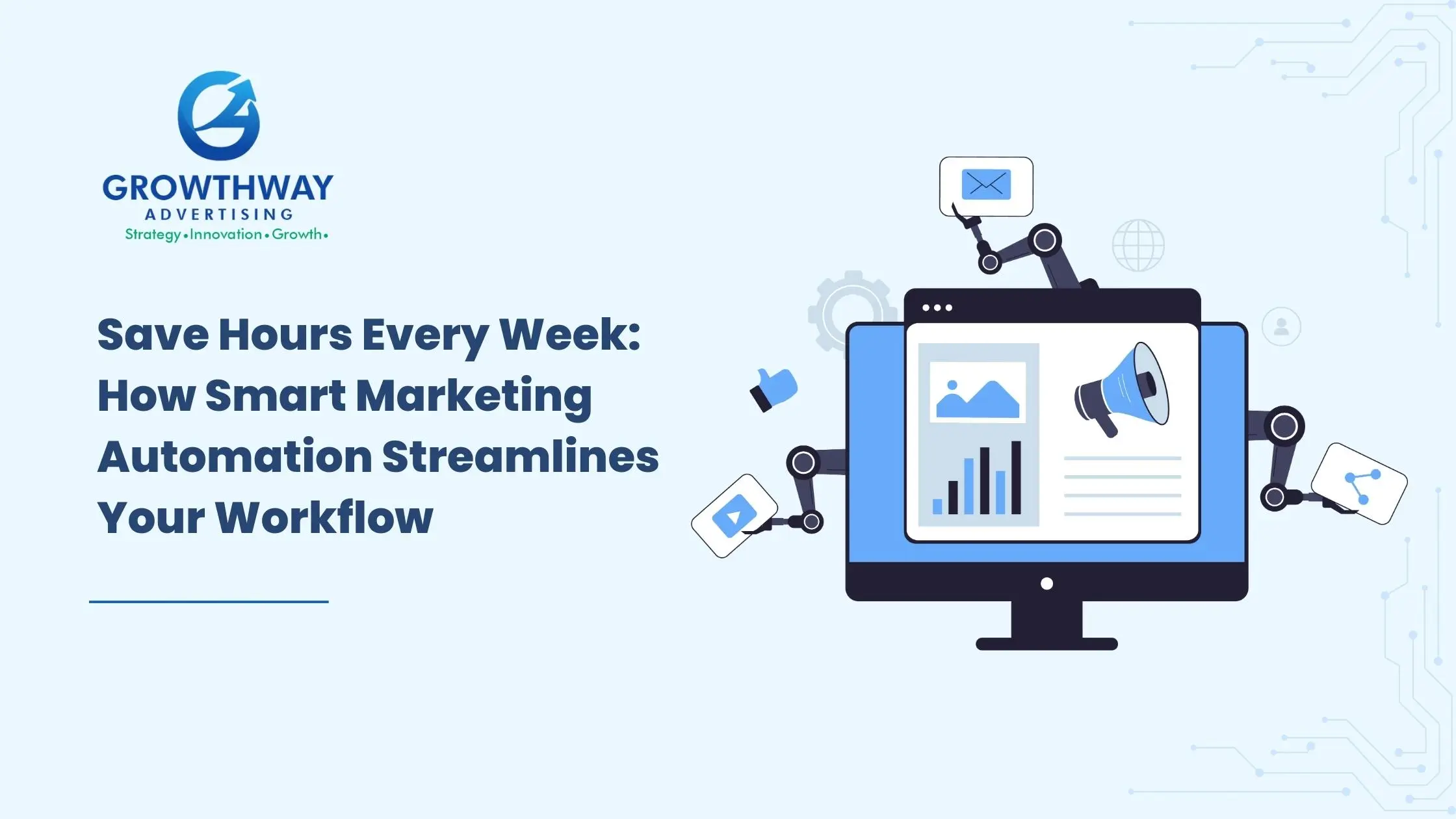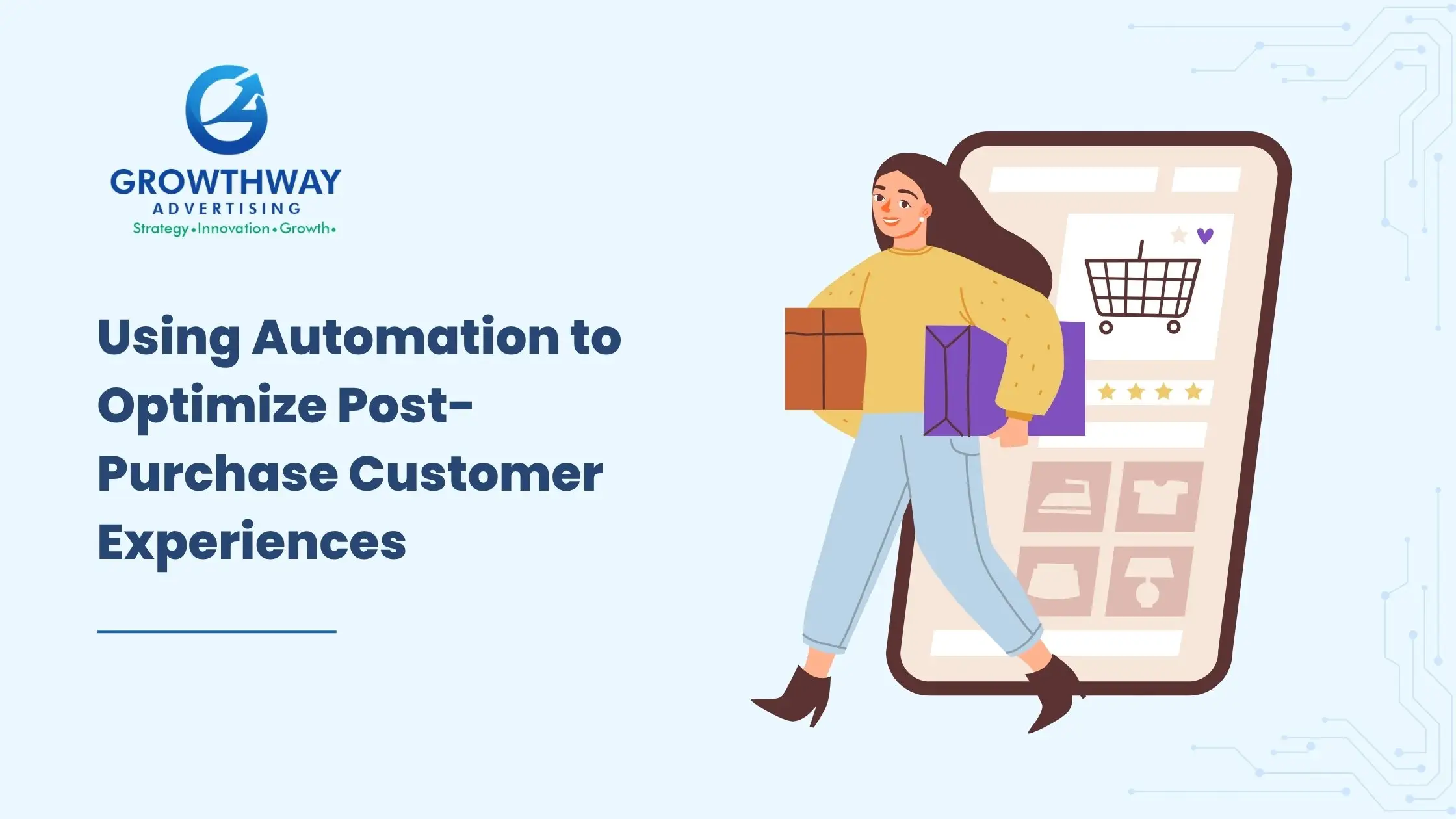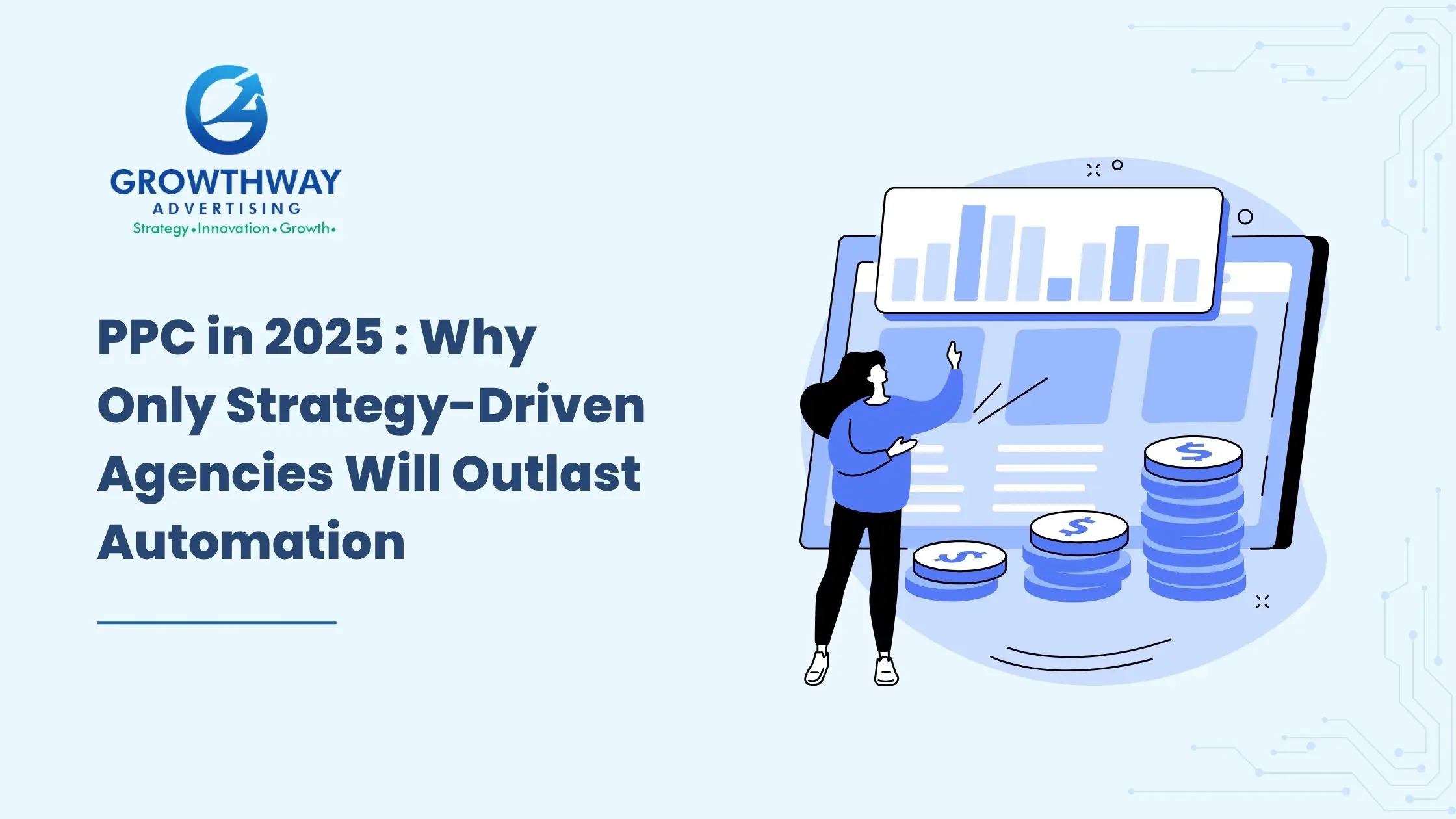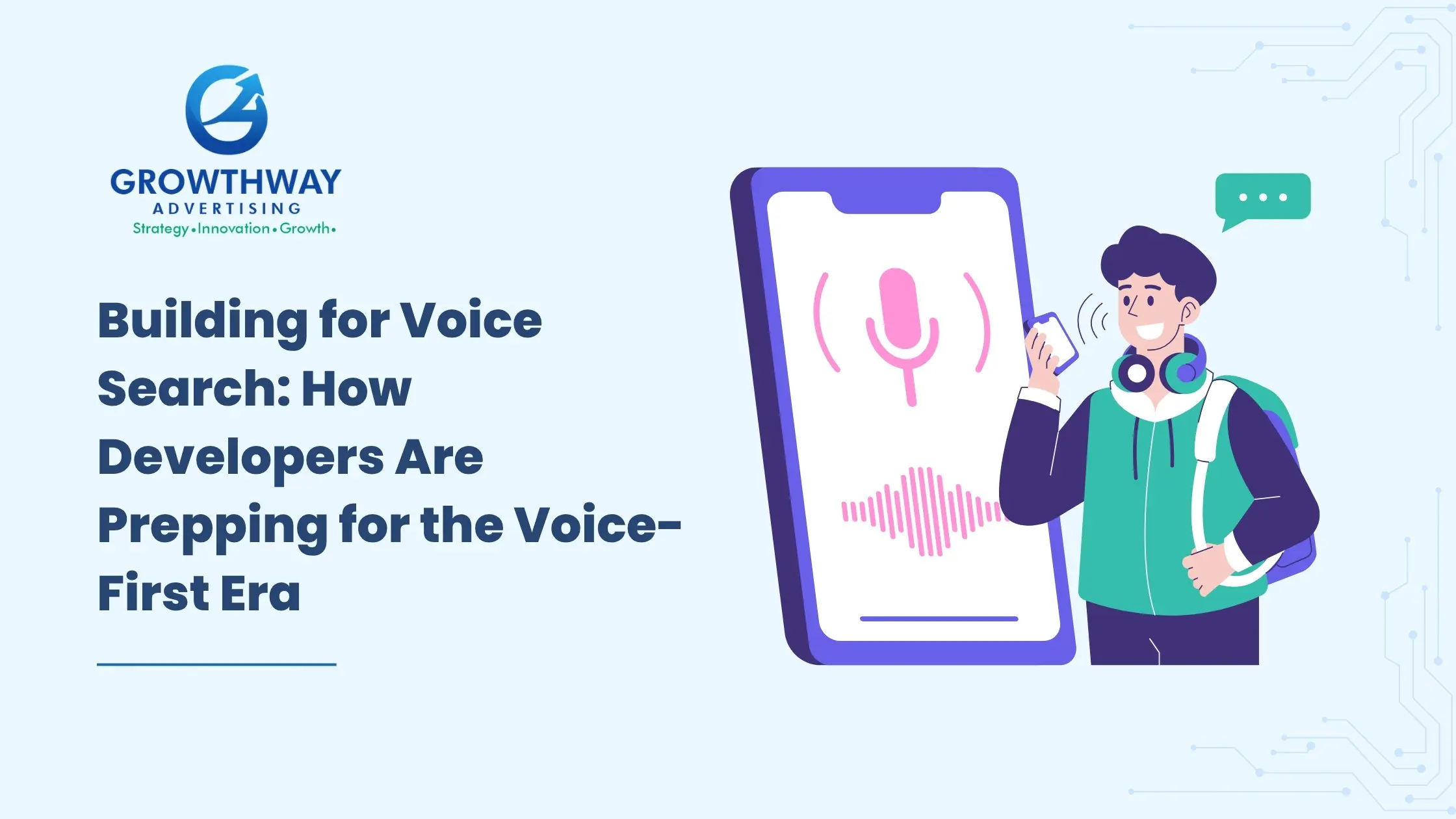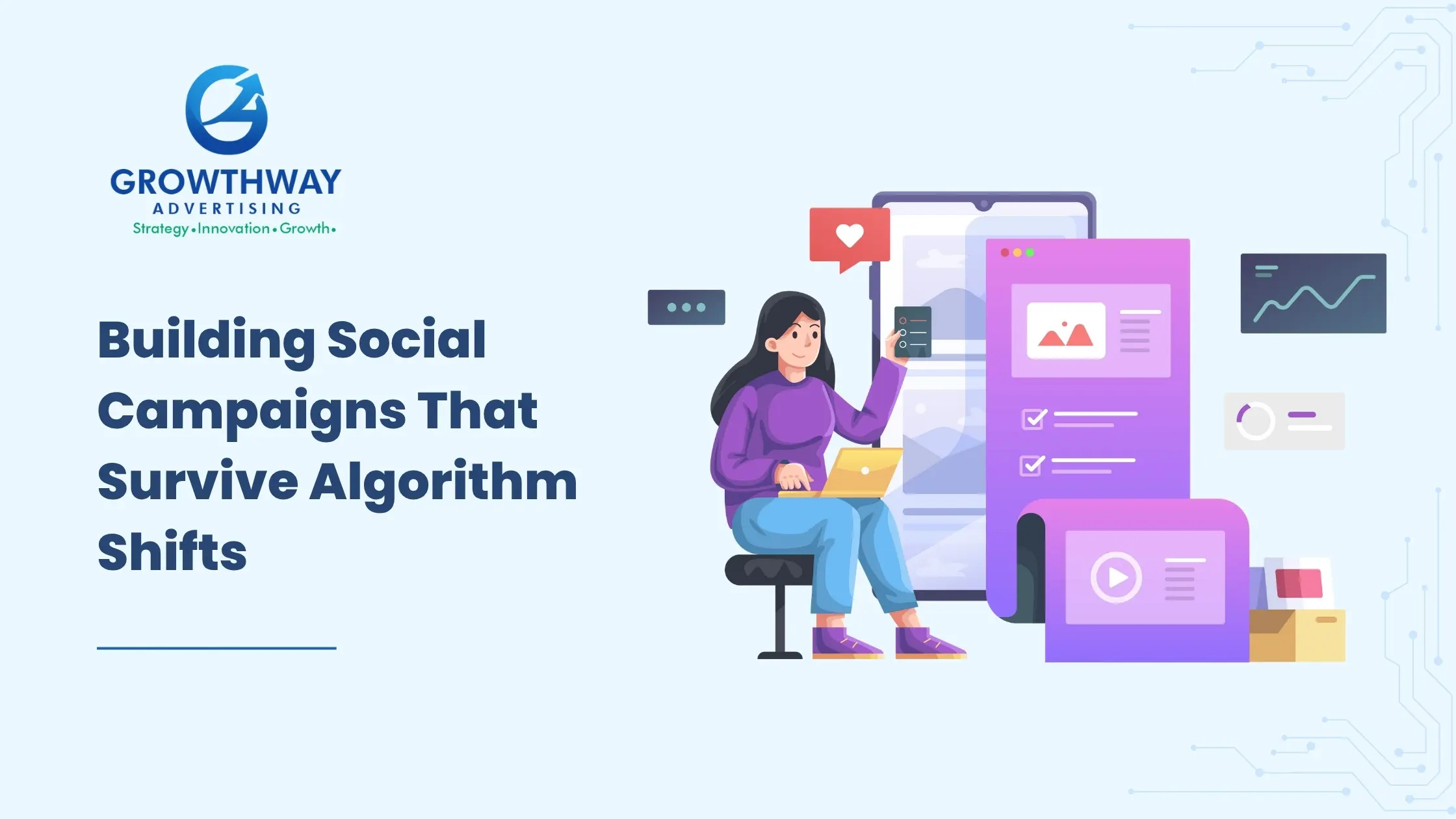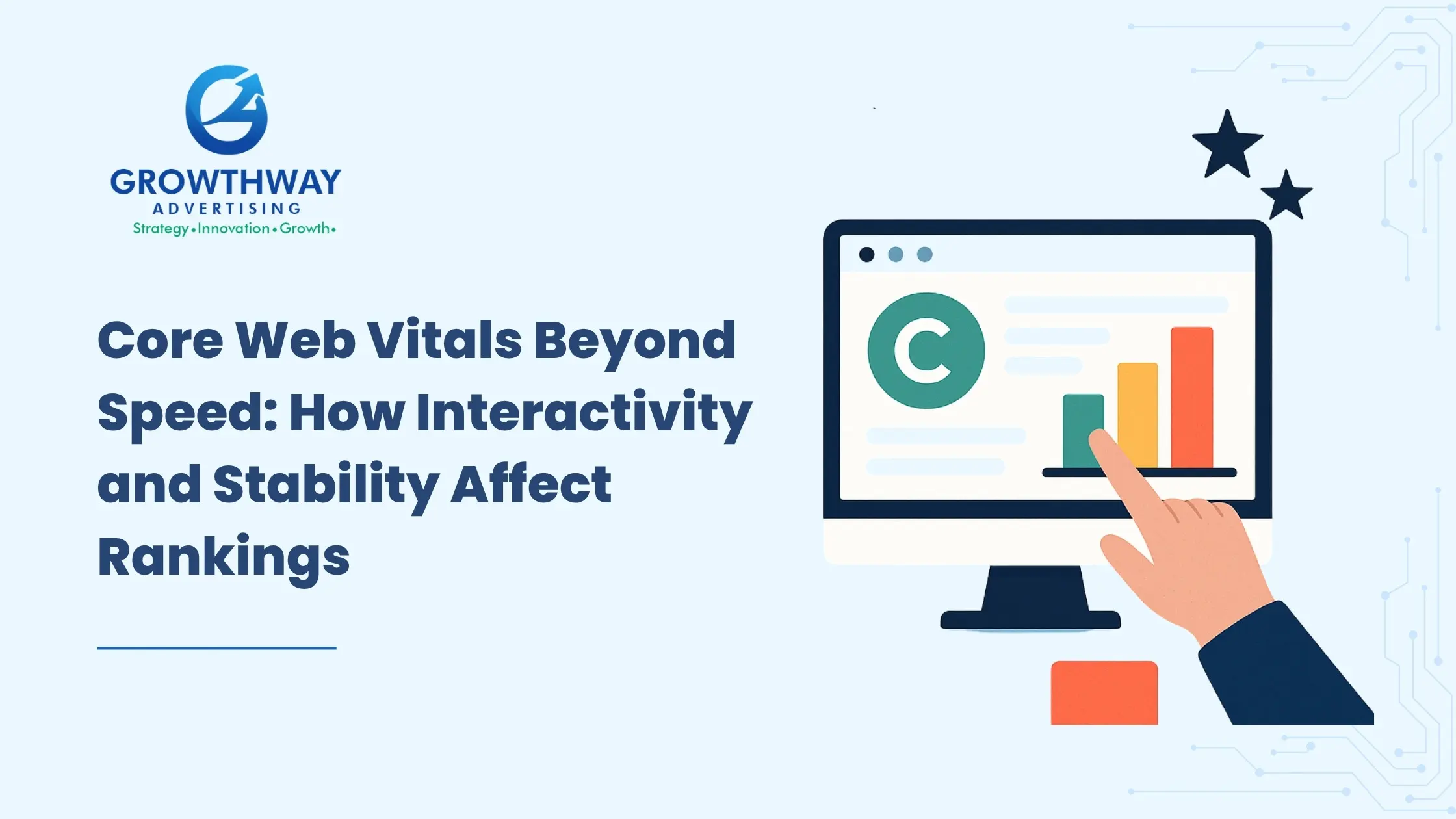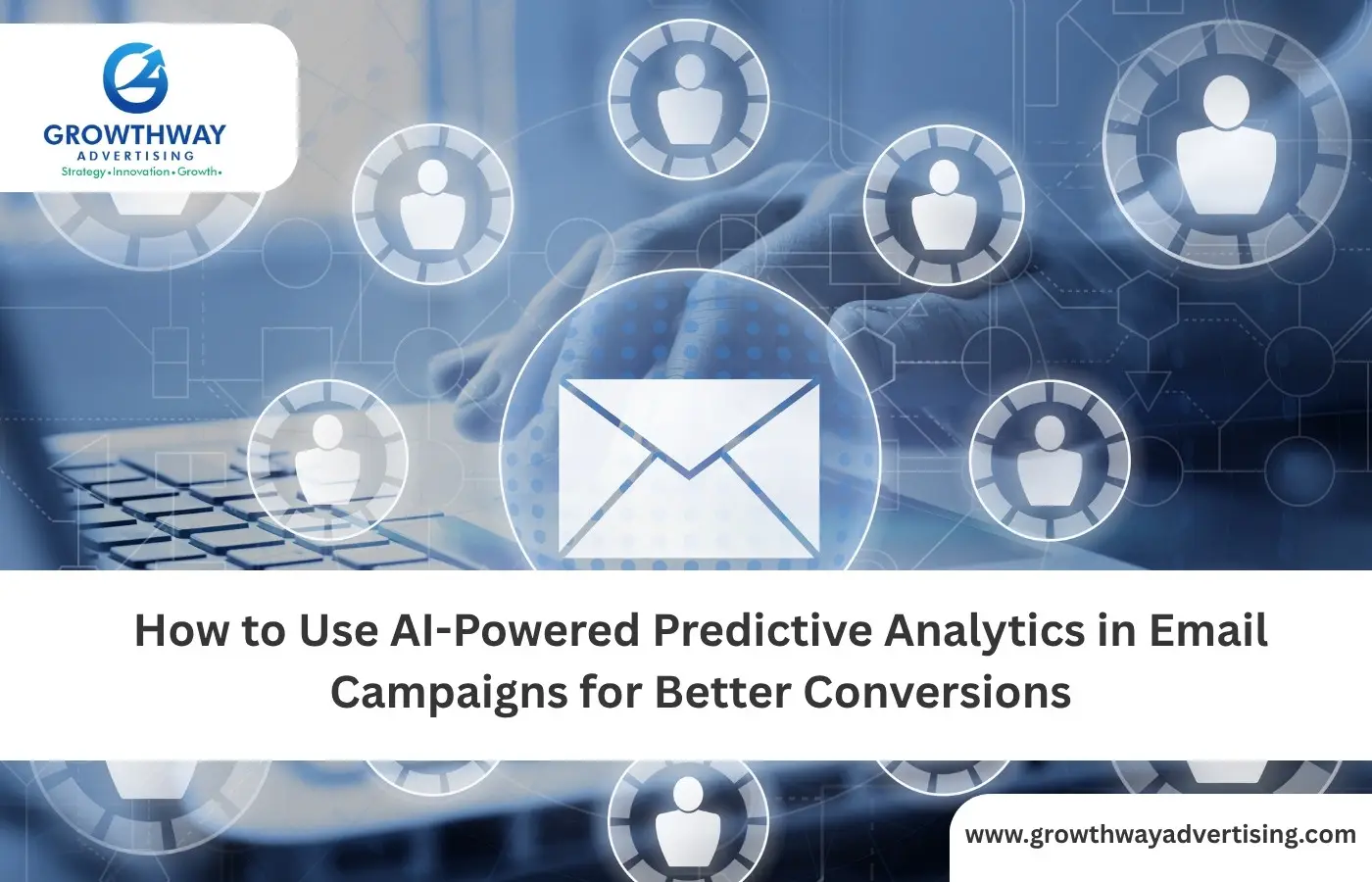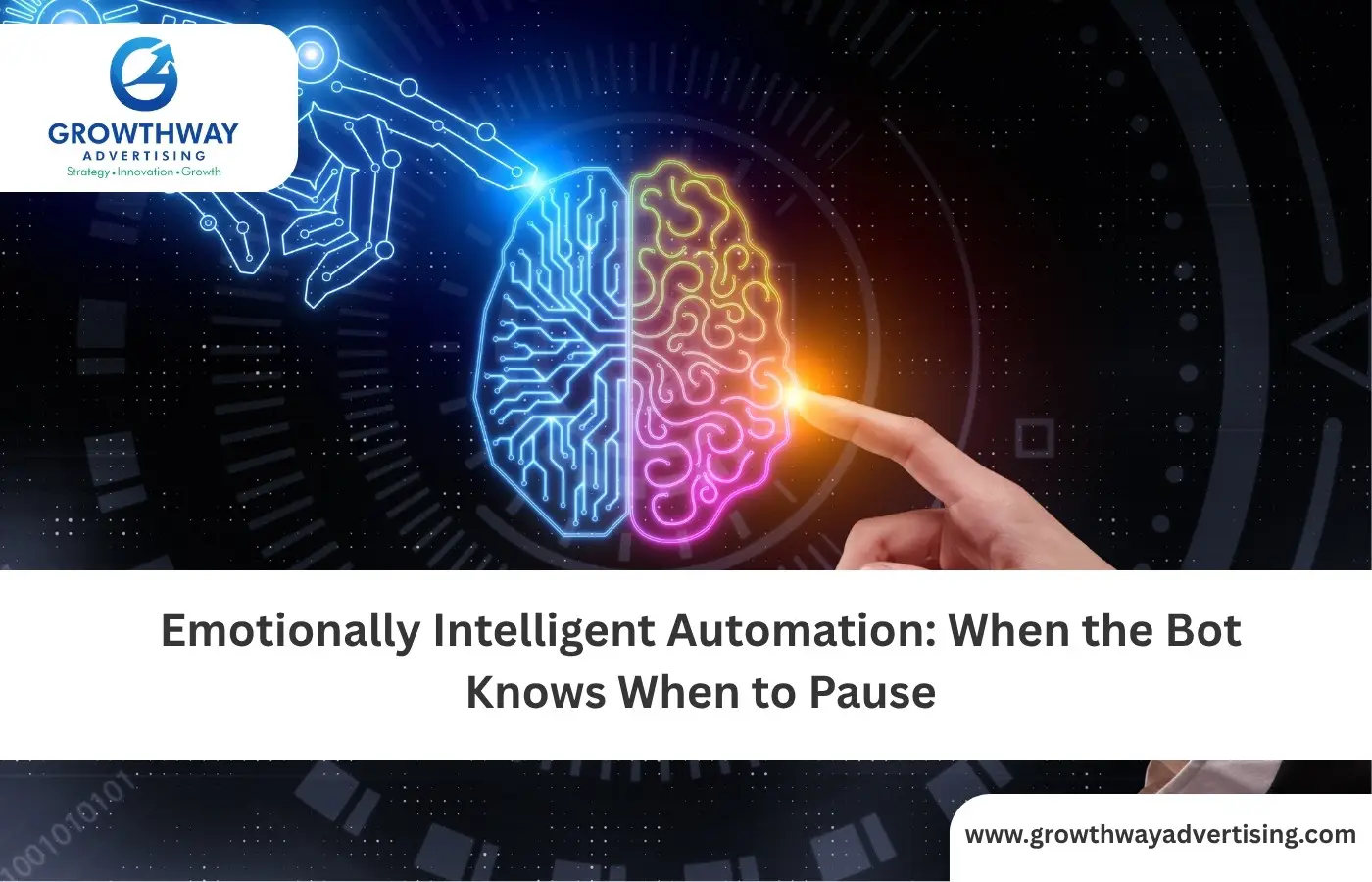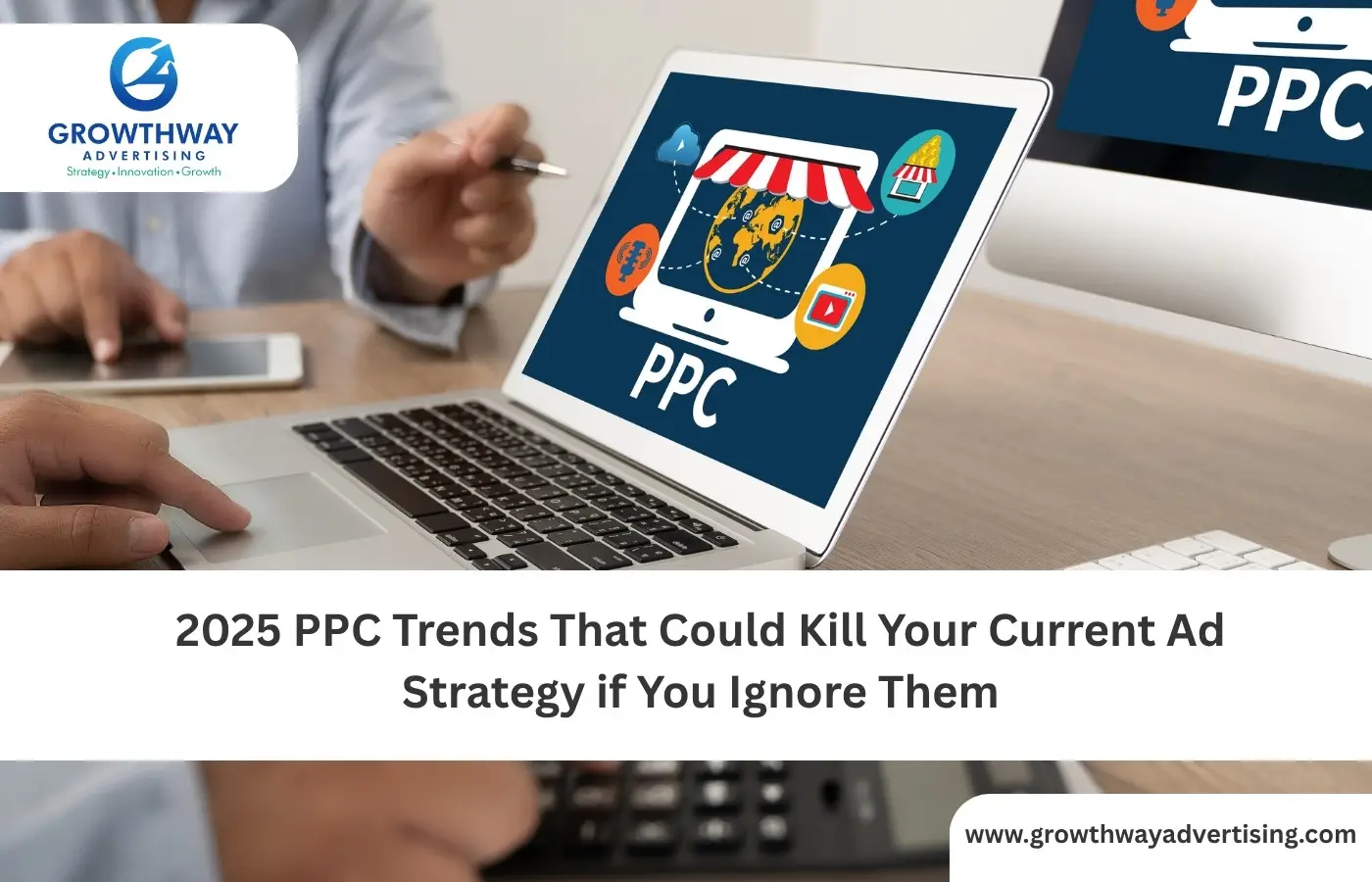The way people interact with brands has shifted to the palm of their hand. More than 70% of digital time is now spent on mobile devices, and for marketers, this means the phone isn’t just another channel; it’s the primary one. This is why mobile marketing automation is no longer an exception; it has become the core of how companies build personalized contact, maintain user interest, and transform attention into revenue.
But here’s the thing: most conversations about automation stop at push notifications or basic SMS campaigns. To truly master mobile app engagement and build automated journeys that are personal, smooth, and effective, you would have to think big. Push and in-app are only the beginning. Let’s break down the essentials, then explore the missing pieces that make a mobile-first strategy complete.
Why Mobile-First Automation Matters
Mobile-first is not a smaller screen version of what you were doing with the desktop campaigns. It is all about creating experiences, which are native to mobile behaviors. Imagine being able to swipe, tap, scan or reply to notifications in real time.
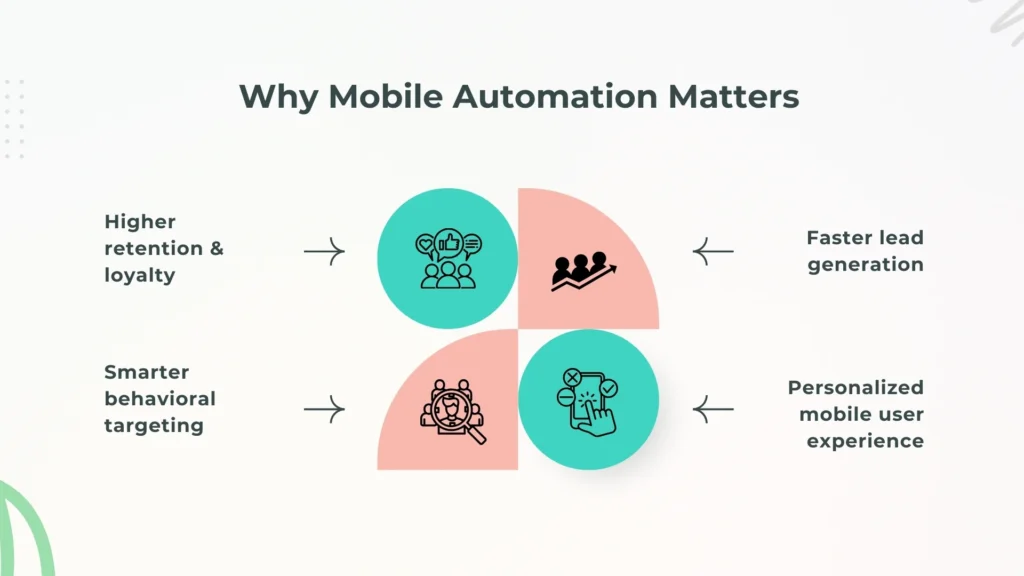
When powered by marketing automation services, brands can:
- Trigger campaigns based on real-time app behavior.
- Use behavioral targeting to reach the right user at the right moment.
- Simplify lead generation by minimizing steps on mobile.
- Keep users coming back with personalized, timely nudges.
The goal is to create a mobile user experience that feels effortless while running entirely in the background through automated marketing services.
The Core Channels: Push, In-App, and SMS
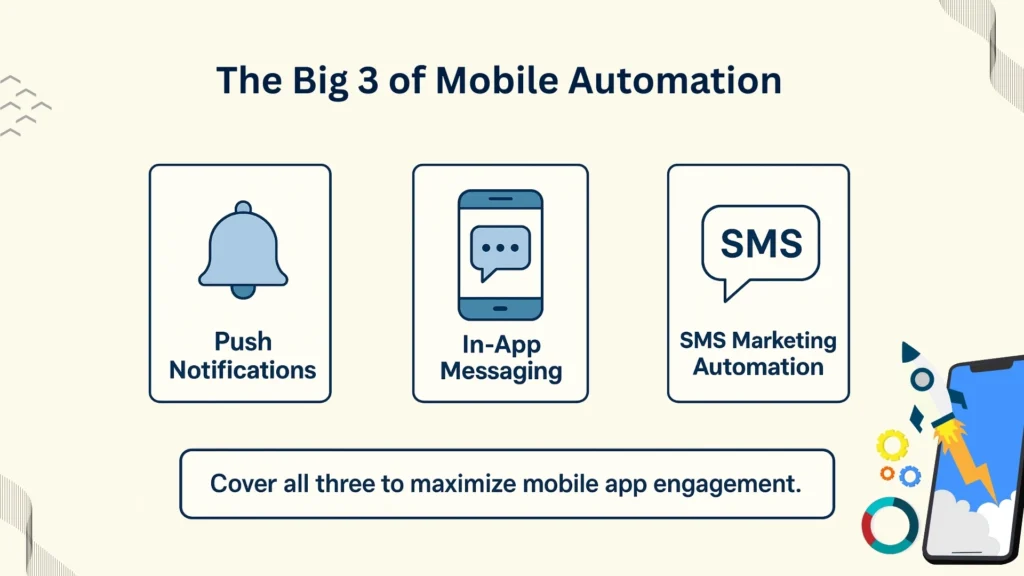
Push Notifications
The front line of mobile marketing automation is the one that deals with push notifications. Push works well as it helps remind users of an expired offer or a cart abandonment notification, even when they are not in the app.
But the real key is context. Automation can be used to predict the time during which the user is most likely to reply to the notification, and then send it at that time with the help of predictive analytics. This is the difference between serving others and being disregarded.
In-App Messaging
Once the user opens the app, in-app messaging takes over. Unlike push, in-app messages are delivered while users are actively engaging. Examples include:
- A welcome pop-up for new sign-ups.
- Personalized product recommendations.
- Milestone celebrations (e.g., hitting a fitness goal).
User segmentation works well with in-app automation. Brands can be used to trigger highly relevant prompts by grouping users based on behavior, demographics, or lifecycle stage, making the content appear natural and appropriate.
SMS Marketing Automation
Despite all the buzz about apps, SMS still delivers unmatched open rates. SMS marketing automation ensures texts are timely and targeted: order confirmations, shipping updates, flash sale alerts, or even loyalty program reminders.
The trick is in connecting SMS to other mediums. For example, the user can be prompted with a temporary offer in the text, encouraging them to return to the application and interact further.
Unlocking the Hidden Potential of Mobile Automation
This is where most guides bring their journeys to an end, yet there is much to be told.
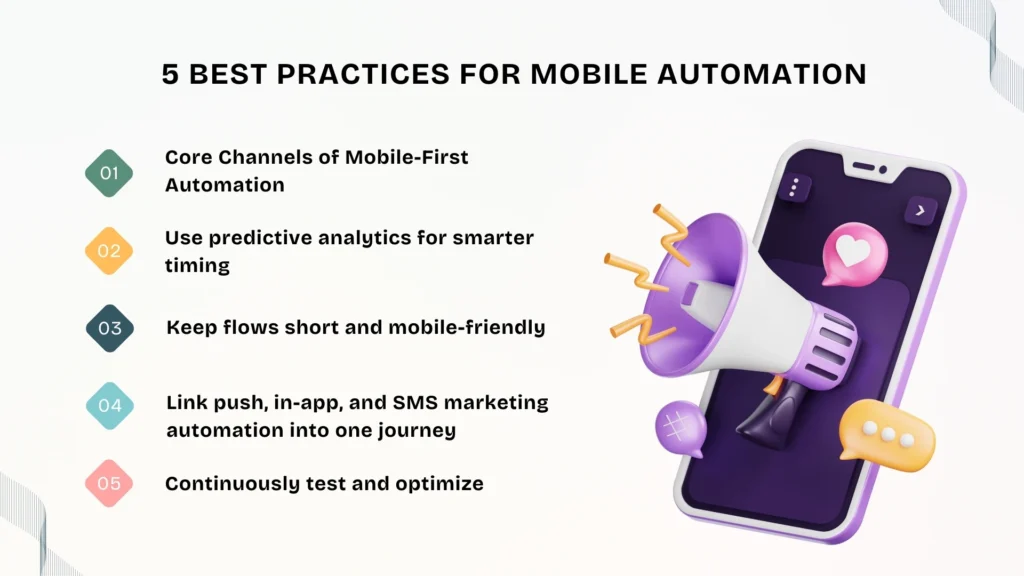
1. Automated Lead Nurturing
All the discussions center around customer retention, though automation is equally essential in customer acquisition. Automated mobile lead nurturing refers to the creation of sequences that take a prospect through the initial contact to conversion.
Imagine a user downloads a free guide on their phone:
- Day 1: They receive a push notification introducing your app.
- Day 3: An SMS highlights a free trial.
- Day 7: An in-app message offers a discount code.
The whole process operates on autopilot via a marketing automation company to ensure that no lead gets lost.
2. Cross-Device and Omnichannel Journeys
Mobile-first is not mobile-only. Customers use a phone to look, then buy on the desktop (or vice versa). Omnichannel marketing automation makes sure that users take them through touchpoints.
For instance, a user clicks an Instagram ad on their phone, browses products in your app, but abandons the cart. Automation then triggers:
- A push reminder the next morning.
- An email with product recommendations.
- A retargeting ad on the desktop when they’re at work.
This continuity builds trust and dramatically improves conversion.
3. Privacy and Compliance
Data privacy is an elephant in the room. Although automation is data-driven, consumers are becoming more sensitive to the use of their data. Marketing automation consultation should serve as a comprehensive guide, informing companies about the requirements of GDPR, CCPA, or the DPDP Act in India, particularly in the context of mobile notifications and SMS.
The ability of the marketer to provide personalization without crossing boundaries will earn them long-term loyalty.
4. Mobile UX Integration
What people usually overlook is the strong connection between automation and design. It is no good to send out a timely push notification, but the landing page is a nightmare or has five data entry fields. The mobile user experience and automation must be planned. Thumb-friendly, simple and fast interfaces make campaigns really turn.
5. Hyper-Local Targeting
Location-based automation is another gap. Geo-targeting can be used to target a user when they are in walking distance by sending a push notification with a lunch discount. Or a retail brand may stimulate lead generation efforts by using QR codes connected to loyalty applications. This is the unbeatable nature of mobile-first campaigns, which are both relevant and local, and operate in real-time.
6. Emerging Tech Additions
Chatbots on WhatsApp, voice assistants like Siri, AR shopping overlays, these aren’t science fiction anymore. But the majority of automation plans do not consider them. A marketing automation company that tries such combinations now will be on the cutting edge tomorrow.
How to Build Smarter Journeys with Mobile-First Automation
- Start with Segmentation
Effective automation begins with user segmentation. Group users by behavior (e.g., frequent buyers vs. dormant users), demographics, or funnel stage. - Layer Predictive Analytics
Go beyond historic data. Use predictive analytics to forecast churn risk, likely purchases, and preferred channels. - Design Multi-Channel Flows
Link push notifications, in-app prompts, and SMS marketing automation with web, email, and ads for seamless journeys. - Nurture, Don’t Spam
Remember, the goal of automated lead nurturing is to build trust. Automation should feel like helpful reminders, not constant interruptions. - Measure & Optimize
Track conversions, open rates, and mobile app engagement metrics. Test different timings, tones, and designs to keep improving.
The Role of Marketing Automation Services Providers
Most businesses don’t have the resources to build these systems in-house. Whether through a specialized marketing automation consultation, brands can:
- Implement advanced tracking and triggers.
- Automate complex mobile workflows.
- Ensure compliance with privacy laws.
- Optimize the mobile user experience for conversion.
In the case of small businesses, it can begin with SMS and push campaigns. In the case of companies, it might be complete automation of omnichannel marketing and linking it with CRM, online sales, and customer loyalty.
Future Outlook: Mobile-First is Only Expanding
Mobile is not merely dominant, but it is also defining the behavior of all other channels. As consumers seek personalization, such as speed and relevance, automation is becoming more intelligent, predictive, and closer to real-world behavior.
Whether through automated lead nurturing campaigns, geo-fenced deals, AI-guided behavioral targeting, or experiential AR shopping, mobile-first is the place where innovation occurs first.
The question isn’t whether businesses should adopt mobile marketing automation. The real question is: how quickly can they evolve from basic push campaigns into complete journeys that anticipate, guide, and delight their users?
FAQ’s
Most digital interactions now happen on smartphones. A mobile-first approach ensures your campaigns are designed for how users actually engage quick, thumb-friendly, and in real time.
Key channels include push notifications, in-app messaging, SMS marketing automation, mobile-friendly email, and chat apps like WhatsApp.
Yes. Automated lead nurturing sequences guide users step by step introducing your brand, offering value, and pushing toward conversion.
Web automation often focuses on email and desktop workflows, while mobile marketing automation emphasizes instant, on-the-go interactions.
Absolutely. Even small teams can use marketing automation services to run targeted SMS campaigns, push reminders, or user segmentation without manual work.
Omnichannel marketing automation ties mobile, web, email, and ads into a single journey. For example, a push reminder can be followed by a desktop ad and then an email, all seamlessly connected.

